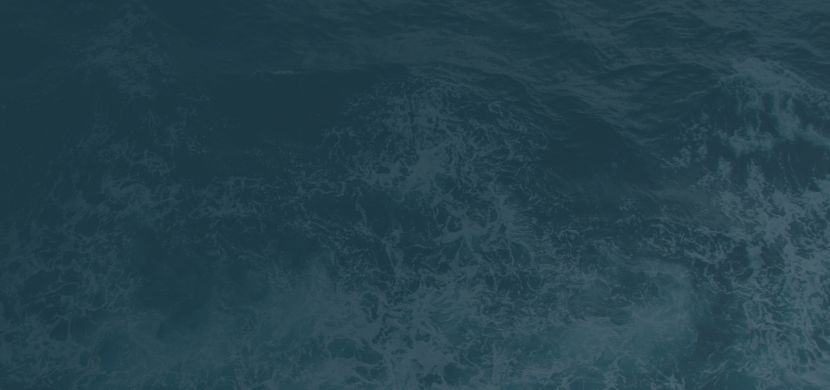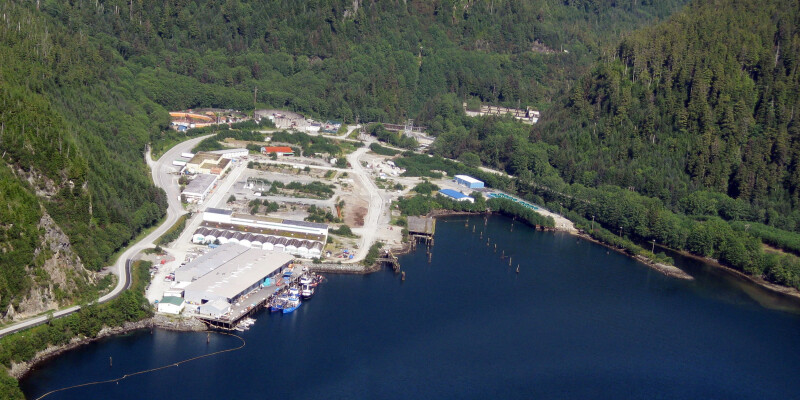In 2018, Halibut Point Marine, the owner/operator of Sitka’s last boat haul out and private land suitable for a haul-out and marine service center, informed the city that the business would soon cease hauling boats to transition the yard space into a cruise ship dock and storefronts. No other private land or yard operators were available to replace this loss of service, and the closest alternative haul out facilities for Sitka’s over 600 commercial fishing boats are more than 100 water miles…

You've caught the limit!
Free membership gives you access to:
- Unrestricted access to all NationalFisherman.com articles.
- Receive in-depth reports and research on various topics related to the fishing industry.
- Up-to-date news updates from the fishing industry delivered directly to your inbox twice a week.







